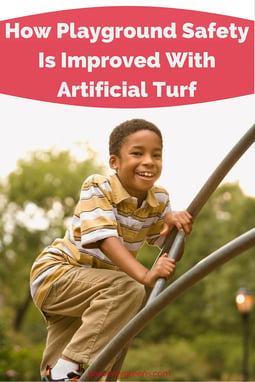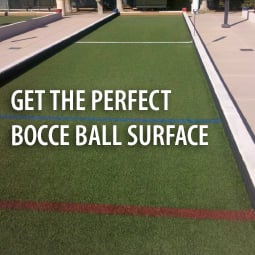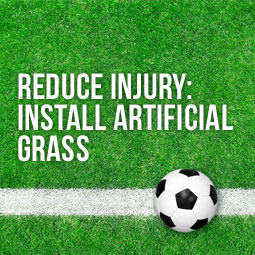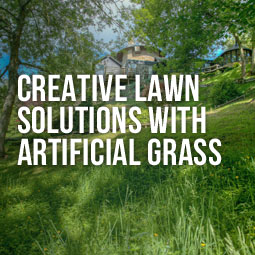 Playground safety includes more than just maintaining the equipment. It also included maintaining the grounds and providing a safe environment where children can run and play without worrying about tripping, slipping or being injured in a fall. Artificial turf is one of the best materials for playground resurfacing because of its uniformity and ability to resist every day wear and tear. It retains its color and texture without the need for excessive watering and maintenance.
Playground safety includes more than just maintaining the equipment. It also included maintaining the grounds and providing a safe environment where children can run and play without worrying about tripping, slipping or being injured in a fall. Artificial turf is one of the best materials for playground resurfacing because of its uniformity and ability to resist every day wear and tear. It retains its color and texture without the need for excessive watering and maintenance.
No Paths or Ruts
One of the biggest problems in maintaining a playground is preventing ruts and holes under swings, slides and other pieces of playground equipment. Wear patterns and pathways are also a problem. High volumes of foot traffic can wear a way natural grass causing ruts and an uneven surface area. Artificial turf is designed to remain intact no matter how often children play on it or how rough they get.
Part of the installation preparation for artificial turf is to smooth out any rough or uneven areas and eliminate any deep grooves or ruts that could create a tripping hazard. Once the turf is installed, the grass will remain in tact. The blades will not mat down or remain compressed for long periods of time. The materials used in the construction of synthetic turf are highly resistant to the elements and will not break down or deteriorate over time.
Reduces Slipping
Natural grass can become slick when wet. In the mornings when dew is still covering the ground or after a heavy rain, children can slip or lose their footing if they are not extra careful. This can lead to accidents and injuries if they fall on or near pieces of playground equipment. In areas where bare earth is showing, like under slides and swings, water can create a muddy mess that can be extremely hard to walk or run through without slipping or sliding. Worn pathways can also expose dirt creating a trail of mud and loose dirt.
Artificial turf is manufactured to be slip resistant. Because it does not deteriorate with regular wear and tear, it remains securely in place and provides a solid foundation for children to play on. The polyurethane/nylon materials used in the construction of artificial turf were chosen because they were extremely durable and could withstand constant use and exposure to the elements.
Softer Than Packed Dirt
High levels of foot traffic can impact a playground's surface in many ways. First, it can damage the grass and wear away top soil causing the surface of the ground to be uneven or sloped. Secondly, constant foot traffic can pack down the dirt around playground equipment so that it is extremely hard and unforgiving if a child falls from any degree of height. It is also harder to maintain playground surfaces that have exposed areas of dirt for the simple reasons that the dirt wears away easily and can create muddy areas.
With artificial turf, the ground is thoroughly prepared prior to its installation. A drainage system is installed to prevent pooling and puddling and a filler material is used to cover the mesh backing that creates the foundation of the turf. Filler materials that are commonly used with artificial turf include sand, pea gravel and crumb rubber that is repurposed from old tires. These fillers, along with the drainage system and its ability to funnel away excess moisture lead to a softer, more resilient playground surface that absorbs the impact as a child falls. While this may not totally prevent an injury, it can dramatically reduce its severity. Installing artificial turf as a playground surface helps to reduce many of the most common risks associated with playground injuries.












